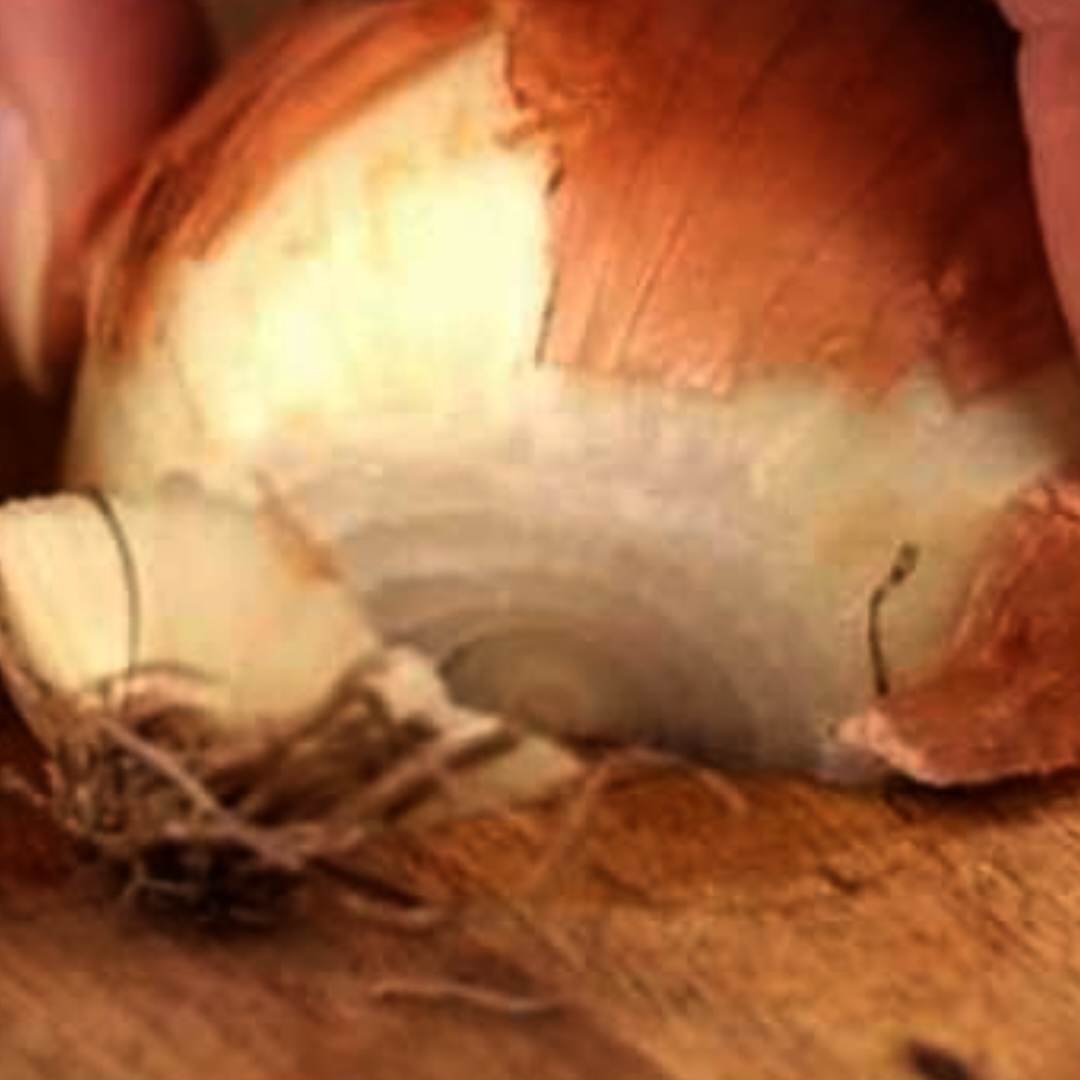Many of us toss onion skins without a second thought, unaware of the treasure we’re throwing away. Onion skins are packed with nutrients, antioxidants, and other beneficial compounds that can be used in a variety of ways. Here’s why you should start saving those onion skins and how you can utilize them effectively.
Nutritional and Health Benefits
Rich in Antioxidants: Onion skins contain a high concentration of quercetin, a powerful antioxidant that can help reduce blood pressure and prevent arterial plaque. The outer layers are also rich in flavonoids that protect against cardiovascular disease and other chronic conditions.
Natural Dye: The rich brown and rusty colors of onion skins make them a perfect natural dye for fabrics, Easter eggs, or even homemade crafts. The resulting color is a beautiful, earthy tone that is completely non-toxic and safe.
Garden Mulch: Onion skins can be added to your compost pile or directly used as mulch for garden beds. They help retain moisture in the soil and provide essential nutrients as they decompose.
Rich Broth: Adding onion skins to stocks or broths can enrich them with extra nutrients. The skins add a mild flavor and a golden brown color, enhancing the taste and nutritional value of your soups and stews.
How to Use Onion Skins
For Cooking:
Enhance Broth: Add dried onion skins to your pot when making vegetable or meat broths. They impart a nice color and are said to enhance flavor due to their sulfur compounds.
Rice and Grains: Include onion skins when boiling rice, quinoa, or other grains. This not only adds nutrients but also gives the grains a lovely, subtle flavor and a caramel color.
For Health:
Onion Skin Tea: Yes, you can make a healthy tea from onion skins! Simply steep dried onion skins in boiling water for several minutes and strain. This tea is believed to help combat cold symptoms and improve cardiovascular health.
For Gardening:
Composting: Onion skins are excellent for composting. They break down quickly and add essential nutrients to the compost that can benefit your garden soil.
Natural Pest Repellent: Boil onion skins in water and let the mixture cool. Use it to spray on plants as a natural pesticide. The smell is said to repel pests.
As a Natural Dye:
Fabric Dyeing: Boil onion skins in water for about an hour, strain, and use the liquid to dye natural fibers like wool, cotton, or silk. This method produces a beautiful range of earth tones.
Craft Coloring: Use the dye for paper crafts or to give a vintage look to white paper, adding character to handmade cards or scrapbooks.
Tips for Collecting and Storing Onion Skins
Storage: Keep a dedicated container in your kitchen where you can collect onion skins. Store them in a cool, dry place until you have enough for a project or use.
Preparation: Always clean the skins to remove any possible dirt or pesticides. Organic onions are ideal if you’re concerned about chemical residues.
By repurposing onion skins, you not only reduce waste but also tap into a source of free natural resources that offer health benefits, culinary enhancements, and environmental advantages. So next time you find yourself peeling an onion, remember that its skin is just as valuable as the onion itself.
